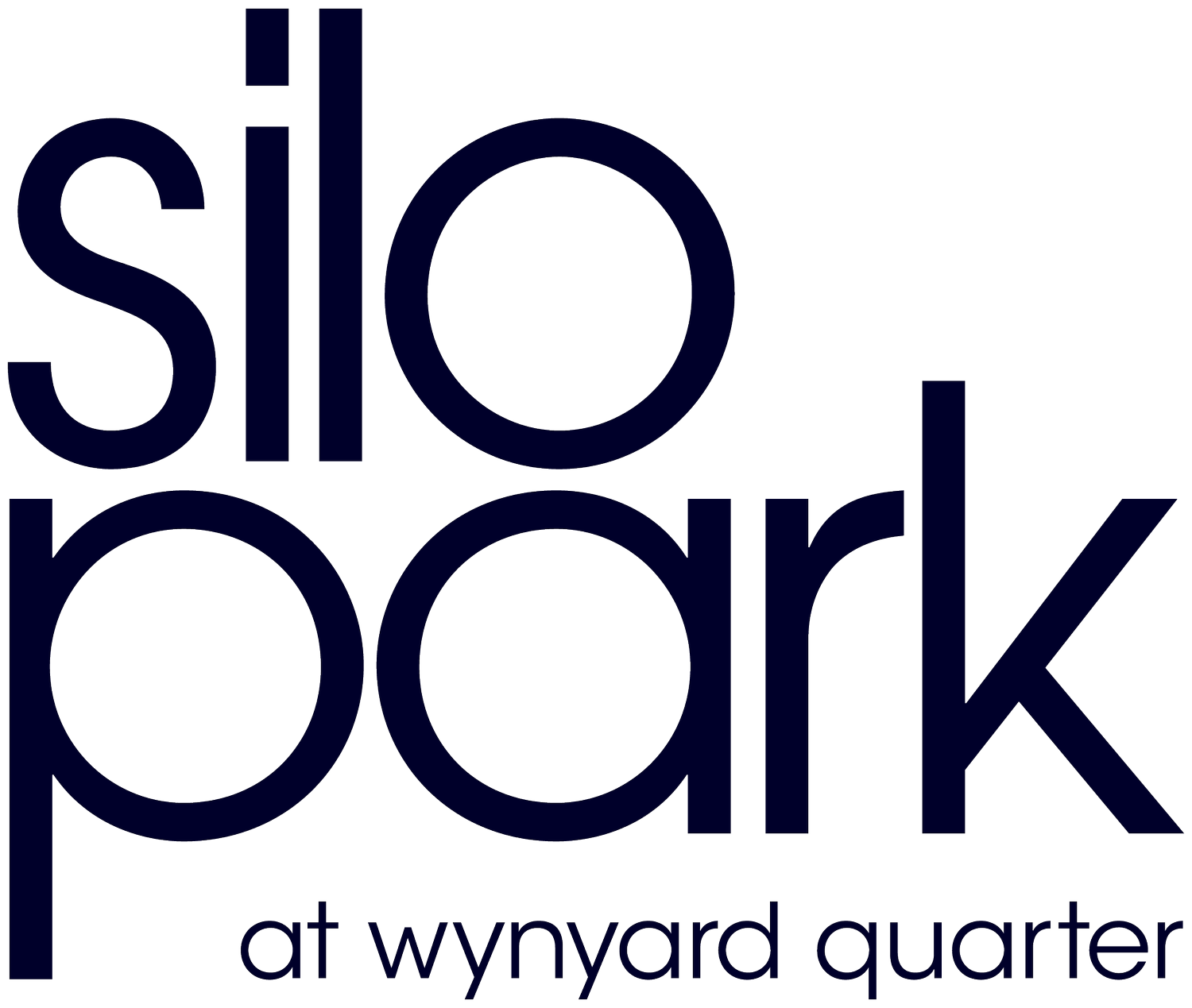History of Wynyard Quarter
Since European settlement in Auckland, the port and adjacent harbour edges have been the focal point of growth. From 1840, the shoreline has steadily encroached upon the harbour as wharves have been built and tidal edges reclaimed.
The Western Reclamation was progressively constructed by Ports of Auckland’s predecessor, the Auckland Harbour Board, with the last component of the reclamation being completed in 1930, to provide additional berthage capacity and flat land for port related activities. The area was initially utilised by the timber trade, and then in the 1930’s it started to be used for bulk petro-chemical storage. This activity now dominates the northern end of the reclamation, which has often been referred to as the ‘Tank Farm’.
Changes in bulk liquid transportation, the advent of the pipeline from Marsden Point, and the progressive expiration of industrial leases in the reclamation means that Auckland Regional Holding's land is becoming a precinct in search of a new purpose. The winning of the America’s Cup by Team New Zealand and the re-development of the Viaduct Harbour provided an insight into the future potential of the Western Reclamation. The effects of this change are now impacting upon the reclamation, as evidenced by the development along Fanshawe Street and on the reclamation's eastern edge.
History of the Silos
Silo Park is named for the silos that you’ll see on site. The cluster of six silos is Silo 6 and the tall, solo silo is Silo 7 standing at 35m tall. These silos were once used as giant containers to store cement - being close to the water and the now-defunct rail line allowed for easy transport. Today, Silo 6 is an art and exhibition space, and Silo 7 becomes alive at night with Silo Park’s cinema being projected against it walls. Pretty cool right?




